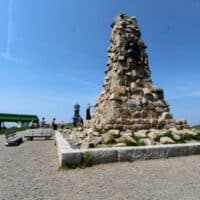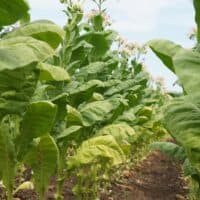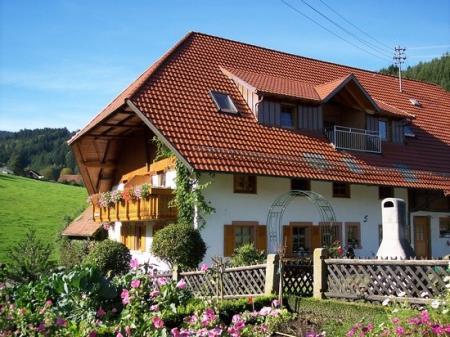DIY greenhouse: step-by-step instructions with double-wall panels
Gardening plays an important role in the Black Forest, which is characterized by dense forests and breathtaking nature. A greenhouse is an indispensable part of most gardens here. It offers the opportunity to protect plants from the changeable weather conditions of the Black Forest and to provide them with a consistent temperature, allowing fruit and vegetables to be grown all year round. DIY greenhouses made of durable double-wall sheets are particularly popular and fit perfectly into the natural beauty of the Black Forest.
That's why a DIY greenhouse made of double-wall sheets is worth it
The double-skin sheets used in the Black Forest and other regions of Germany are plastic sheets that are particularly durable, weather-resistant and break-proof. These characteristics are crucial in a region with often unpredictable weather, such as the Black Forest. They also have high UV protection and excellent thermal insulation properties. Are optical 6mm double wall panels similar to conventional glass panels and therefore fit perfectly into the natural environment of the Black Forest.
Build a greenhouse out of double-wall sheets – here’s how it works!
You can build a greenhouse yourself in the Black Forest in just a few steps. All you need is some manual skills and the right tools.
1. Prepare
First, decisions must be made regarding the construction method and material for the greenhouse and its foundation. The appropriate material must also be obtained. The required tools must also be provided. Which includes:
- a saw,
- a cordless screwdriver,
- Wood screws and screws with washers,
- a spirit level as well
- Wood glue and mounting brackets.
A frame made of metal or wood is required for the foundation. A foundation made of concrete is also conceivable. Double-wall panels are used for the walls and roof of the greenhouse.
2. Choice of location in the Black Forest
The perfect location for the greenhouse in the Black Forest should be sunny. Therefore, southern exposure should be considered to make the most of the limited sunlight. Also make sure that there are no shade trees near the greenhouse. In the middle of the picturesque Black Forest landscape, the site should also be windless to enable better heat retention.
3. Measure and prepare materials
First of all, it is necessary to measure the space on which the greenhouse is to be built. In this place it will Foundation built. The materials for the basic structure of the greenhouse are then laid out on a level surface. Due to the elevations in the Black Forest, it may be possible that earth has to be removed or piled up.
4. Creating the basic framework
The individual struts for the basic framework are first glued together with wood glue before they are screwed together or connected using a fastening bracket. Lastly, cross braces are attached. These are intended to stabilize and relieve the double-wall plates.
In order to integrate a door into the greenhouse, a crossbar with two vertical wooden beams must be inserted on the gable side.
5. Laying the multi-wall panels
Before the double wall plates can be used, their open chambers must be closed to prevent the ingress of dirt, moisture and pests. This is particularly important if you are close to a forest. A breathable band is suitable for this. To attach the double-wall panels, profile systems are used into which the panels are inserted. The double-wall panels are first mounted on the back of the greenhouse and then on the sides.
6. Covering the roof
The roof should be sloped either on one or both sides to ensure that the precipitation, which is often abundant in the Black Forest, does not accumulate on the roof but can flow away. The panels for the roof are laid on a crossbar at a distance of approx. 50 to 80 cm. It is recommended to drill holes in the panels and fix them to the base structure using screws with washers. The washers can prevent precipitation from penetrating as they seal the resulting holes.
Conclusion
A greenhouse in the Black Forest offers plants protection from the region's extreme weather conditions, as well Wildlife and can be built yourself without any technical expertise. Double-skin sheets are ideal as a material for the side walls and the roof. However, it is always important to ensure that all drill holes are well sealed to prevent moisture and pests from entering.













